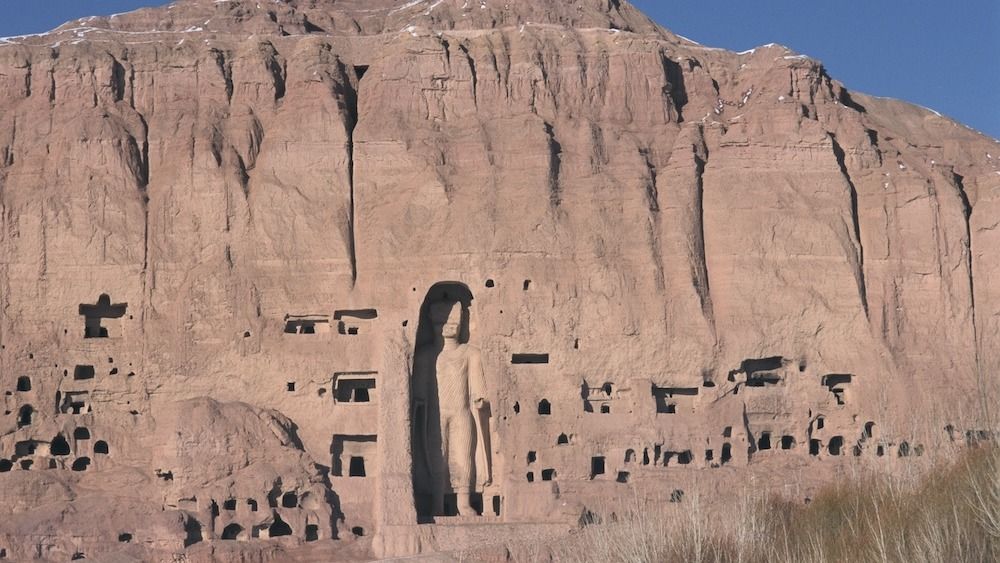Name: Buddhas of Bamiyan
What they are: Two monumental statues carved into the sides of sandstone cliffs
Where they are from: Bamiyan Valley, in central Afghanistan
When they were made: Sixth century A.D.
Related: Dancing girl: A pint-size statue from the Indus Valley Civilization with a larger-than-life presence
What they tell us about the past:
The Buddhas of Bamiyan were a pair of massive statues of robed figures, dubbed the Eastern Buddha and the Western Buddha, that once stood along the Silk Road, a network of trade routes that crisscrossed Eurasia from 130 B.C. to A.D. 1453.
The Buddhas originally stood 125 feet (38 meters) and 180 feet (55 m) tall, respectively, overlooking the Bamiyan Valley below, according to Harvard University.
But in 2001, the pair — which had stood for more than 1,500 years — were destroyed by the Taliban, which declared the Buddhas un-Islamic.
The twin statues were part of an area punctuated with Buddhist monasteries, chapels and sanctuaries, all of which were nestled inside caves. Many of the caves were elaborately decorated with paintings of Buddha figures, with additional caves found years after the Buddhas were destroyed. However, little is known about who carved the statues, according to UNESCO.
Now, more than 20 years after the statues were destroyed, all that remains of the site — which was once a popular Buddhist pilgrimage destination — are two identical cavities in the rock wall where the statues once stood, offering a haunting reminder of what was once there.











/https://tf-cmsv2-smithsonianmag-media.s3.amazonaws.com/filer_public/34/31/3431771d-41e2-4f97-aed2-c5f1df5295da/gettyimages-1441066266_web.jpg)







Discussion about this post